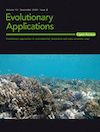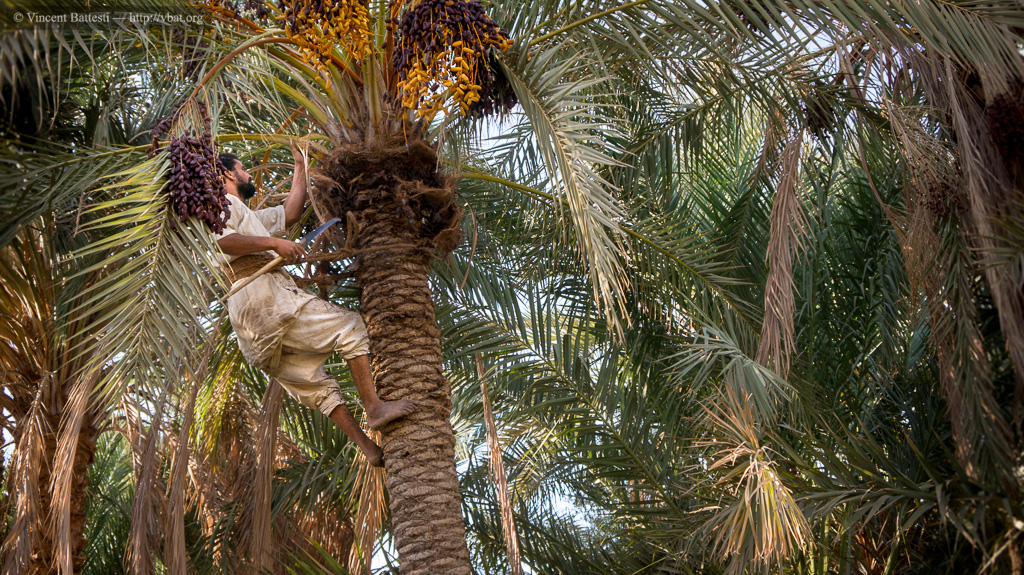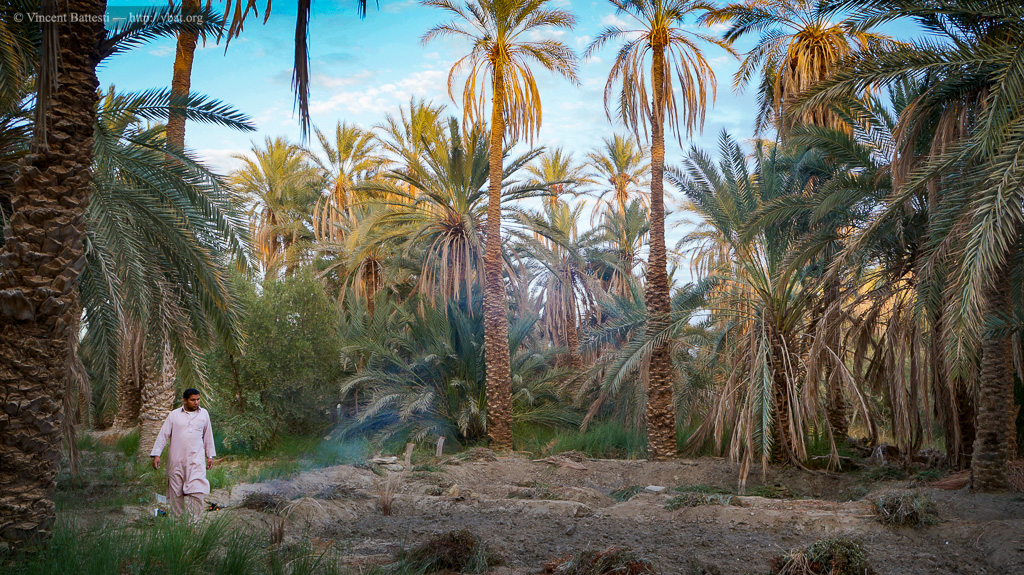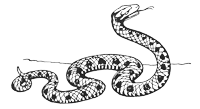On the necessity of combining ethnobotany and genetics to assess agrobiodiversity and its evolution in crops: a case study on date palms (Phoenix dactylifera L.) in Siwa Oasis, Egypt
Art. (2020), published in Evolutionary Application, 13 (8), p. 1818-1840 [SIwa #2]
[Siwa #2]

On the necessity of combining ethnobotany and genetics to assess agrobiodiversity and its evolution in crops: a case study on date palms (Phoenix dactylifera L.) in Siwa Oasis, Egypt
[Siwa #2]
by Muriel Gros-Balthazard* & Vincent Battesti*, Sarah Ivorra, Laure Paradis, Frederique Aberlenc, Oumarou Zango, Salwa Zehdi, Souhila Moussouni, Summar Abbas Naqvi, Claire Newton, Jean-Frederic Terral.
(* Muriel Gros-Balthazard & Vincent Battesti contributed equally to this work)
Evolutionary Applications journal (2020), vol 13 (8), p. 1818-1840.
DOI: 10.1111/eva.12930
ISSN: 1752-4571
PDF File: https://hal.science/hal-02375285
On the journal’s website: https://doi.org/10.1111/eva.12930 Open Access
Paper submitted for publication to Evolutionary Applications journal. Oct. 2019.
Paper accepted for publication in Evolutionary Applications journal. Dec. 2019.
Intermediate title: [Siwa #2]: Integration of ethnobotany and population genetics uncovers the agrobiodiversity of date palms of Siwa Oasis (Egypt) and their importance to the evolutionary history of the species
BioR𝘟iv: https://www.biorxiv.org/content/10....
Article published as “Early View”: Feb. 6, 2020.
Published in an issue of the journal: Sept. 2, 2020.
– This is a sort of sequel to the article Siwa #1: Date palm agrobiodiversity (Phoenix dactylifera L.) in Siwa oasis, Egypt: combining ethnography, morphometry, and genetics.
and before that, to the article Siwa #0: The agrobiodiversity of the Date Palm (Phoenix dactylifera L.) in Siwa Oasis (Egypt): between what is said, written, and forgotten.
– Abstract:
Crop diversity is shaped by biological and social processes interacting at different spatiotemporal scales. Here we combined population genetics and ethnobotany to investigate date palm (Phoenix dactylifera L.) diversity in Siwa Oasis, Egypt. Based on interviews with farmers and observation of practices in the field, we collected 149 date palms from Siwa Oasis and 27 uncultivated date palms from abandoned oases in the surrounding desert. Using genotyping data from 18 nuclear and plastid microsatellite loci, we confirmed that some named types each constitute a clonal line, i.e. a “true-to-type cultivar”. We also found that others are collections of clonal lines, i.e. “ethnovarieties”, or even unrelated samples, i.e. “local categories”. This alters current assessments of agrobiodiversity, which are visibly underestimated, and uncovers the impact of low-intensity, but highly effective, farming practices on biodiversity. These hardly observable practices, hypothesized by ethnographic survey and confirmed by genetic analysis, are enabled by the way Isiwans conceive and classify living beings in their oasis, which do not quite match the way biologists do: a classic disparity of etic vs. emic categorizations. In addition, we established that Siwa date palms represent a unique and highly diverse genetic cluster, rather than a subset of North African and Middle Eastern palm diversity. As previously shown, North African date palms display evidence of introgression by the wild relative Phoenix theophrasti Greuter, and we found that the uncultivated date palms from the abandoned oases share even more alleles with this species than cultivated palms in this region. The study of Siwa date palms could hence be a key to the understanding of date palm diversification in North Africa. Integration of ethnography and population genetics promoted the understanding of the interplay between diversity management in the oasis (short-time scale), and the origins and dynamic of diversity through domestication and diversification (long-time scale).
Vincent Battesti (social anthropologist, CNRS, Musée de l’Homme) and Muriel Gros-Balthazard (geneticist, Center for Genomics and Systems Biology, New York University, Abu-Dhabi) equally conducted and contributed to this work.

- A farmer in a date palm of his garden, Siwa Oasis (Egypt), Nov. 11th, 2014, Vincent Battesti

- In a garden of the the palm grove of Siwa Oasis (Egypt), Dec. 3rd, 2013, Vincent Battesti

New paper with M. Gros-Balthazard in Evolutionary Applications: On the necessity of combining ethnobotany and genetics to assess agrobiodiversity and its evolution in crops: a case study on date palms (Phoenix dactylifera L.) in Siwa Oasis, Egypt: https://t.co/JixyVNANfT pic.twitter.com/0SBqg7PGCp
— Vincent Battesti (@Battesti) May 30, 2020


 vbat.org
vbat.org


